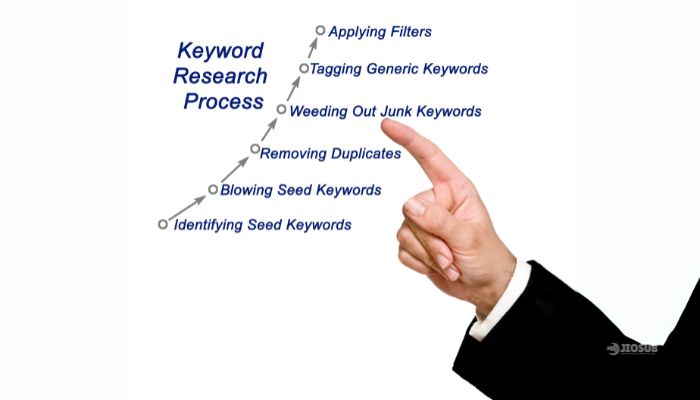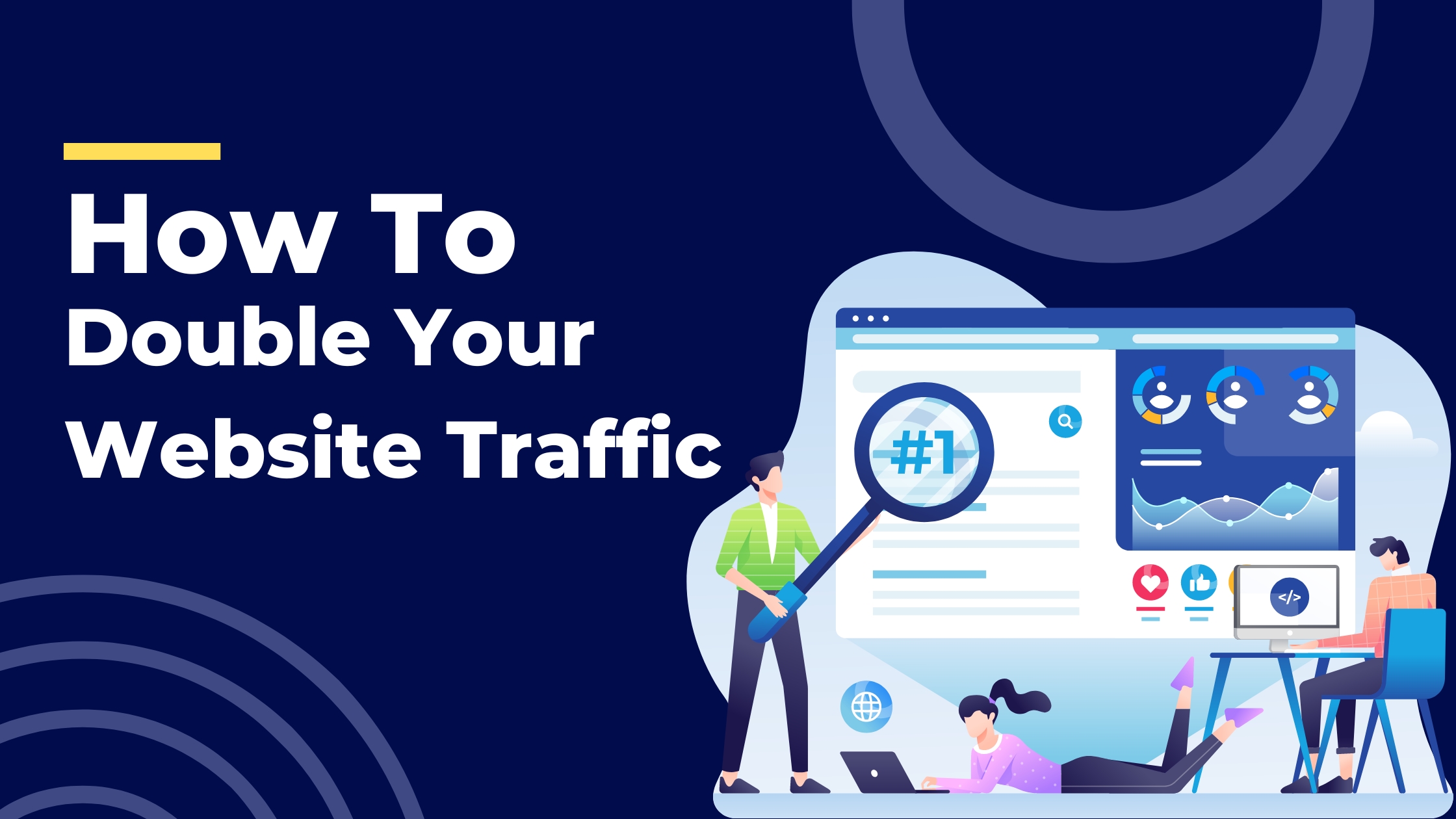Introduction
If you’re looking to double your website traffic, you’ve come to the right place. In today’s digital age, SEO (Search Engine Optimization) is the key to unlocking a floodgate of visitors to your site. By implementing proven SEO strategies, you can significantly boost your website’s visibility and attract more organic traffic. Let’s dive into the essentials of SEO and explore the tactics that can help you achieve this goal.
Understanding SEO Basics

What is SEO?
SEO stands for Search Engine Optimization, a set of practices designed to improve your website’s ranking on search engines like Google. The higher your site ranks, the more likely users are to find it when they search for relevant keywords.
Why SEO is Crucial for Traffic?
SEO is crucial because it drives organic traffic, which is often more valuable than paid traffic. Organic visitors are searching for what you offer, making them more likely to engage and convert.
Also Read: 7 SEO Hacks That’ll Propel You to the Top!
Keyword Research

Importance of Keywords
Keywords are the terms and phrases that users type into search engines. They are the foundation of SEO, guiding search engines to your content.
Tools for Keyword Research
Using tools like Google Keyword Planner, Ahrefs, and SEMrush can help you find relevant keywords for your niche. These tools provide insights into search volume, competition, and keyword difficulty.
Long-Tail vs Short-Tail Keywords
Long-tail keywords are more specific and less competitive than short-tail keywords. While short-tail keywords might have higher search volumes, long-tail keywords often have higher conversion rates.
On-Page SEO

Title Tags and Meta Descriptions
Title tags and meta descriptions are crucial for on-page SEO. They should be compelling and include your primary keywords to entice users to click on your link.
Header Tags
Using header tags (H1, H2, and H3) helps organize your content and makes it easier for search engines to understand the structure of your page.
Keyword Placement
Place your primary keywords naturally within your content. Overstuffing can hurt your SEO, so focus on making your content informative and readable.
Internal Linking
Internal links connect different pages on your site, helping users navigate and spreading link equity throughout your site.
Must Read: SEO Plugins: Tools to Boost Your Website’s Search Engine Visibility (2024)
Quality Content Creation

Content Relevance
Your content should be relevant to your audience’s needs and interests. High-quality, relevant content keeps users engaged and encourages them to return.
Content Length and Depth
Longer, in-depth content tends to rank higher in search engines. Aim for comprehensive articles that cover topics thoroughly.
Use of Multimedia
Incorporate images, videos, and infographics to make your content more engaging and visually appealing.
Technical SEO

Site Speed
A fast-loading website improves user experience and is a significant ranking factor for search engines.
Mobile-Friendliness
Ensure your site is mobile-friendly, as more users access the web via mobile devices. Use responsive design to adapt to different screen sizes.
XML Sitemaps
Submit an XML sitemap to search engines to help them crawl and index your site more efficiently.
SSL Certificates
Secure your site with an SSL certificate to protect user data and improve your site’s credibility with search engines.
User Experience (UX)

Easy Navigation
Simplify your site’s navigation to help users find what they’re looking for quickly.
Readability
Use clear fonts, short paragraphs, and bullet points to enhance readability.
Engaging Design
An appealing design keeps users on your site longer, reducing bounce rates.
Backlink Building
importance of Backlinks
Backlinks from reputable sites signal to search engines that your content is trustworthy and authoritative.
Strategies to Gain Backlinks
Create high-quality content that others want to link to, and reach out to industry influencers and bloggers for backlinks.
Guest Posting
Guest posting on reputable blogs can help you gain backlinks and reach a broader audience.
Social Media Integration

Leveraging Social Media for SEO
Social media can drive traffic to your site and improve your search engine rankings.
Sharing Content on Social Platforms
Share your content on social media platforms to reach a wider audience and encourage sharing.
Engaging with the Audience
Interact with your audience on social media to build relationships and foster loyalty.
Local SEO
Importance for Local Businesses
Local SEO is essential for businesses that operate in specific geographic areas.
Google My Business Optimization
Optimize your Google My Business listing to appear in local search results.
Local Citations
Ensure your business is listed in local directories and citations to improve local search rankings.
Analytics and Monitoring
Using Google Analytics
Google Analytics provides valuable insights into your traffic sources and user behavior.
Tracking Traffic and Conversions
Monitor your traffic and conversion rates to measure the effectiveness of your SEO strategies.
Adjusting Strategies Based on Data
Use analytics data to refine your SEO strategies and improve your results.
Voice Search Optimization

Rise of Voice Search
Voice search is becoming more popular with the rise of virtual assistants like Siri and Alexa.
Optimizing for Voice Queries
Optimize your content for voice search by using natural language and answering common questions directly.
Must Read: How to Optimize Your Website for Voice Search in 2024
Content Update and Repurposing
Keeping Content Fresh
Regularly update your content to keep it relevant and accurate.
Repurposing Old Content
Repurpose existing content into different formats, such as videos, infographics, or podcasts, to reach new audiences.
Common SEO Mistakes to Avoid

Keyword Stuffing
Avoid overusing keywords, as this can lead to penalties from search engines.
Duplicate Content
Ensure your content is unique and not duplicated across your site.
Ignoring Mobile Users
Don’t neglect mobile optimization, as a significant portion of web traffic comes from mobile devices.
Conclusion
Doubling your website’s traffic is achievable with the right SEO strategies. By understanding the basics of SEO, conducting thorough keyword research, optimizing on-page elements, creating quality content, and leveraging social media, you can significantly increase your website’s visibility and attract more visitors. Remember to monitor your progress and adjust your strategies based on the data to keep improving.
FAQs
How long does it take to see SEO results?
SEO results can vary, but typically, you may start to see improvements in 3 to 6 months.
What are some free tools for SEO?
Some free SEO tools include Google Analytics, Google Search Console, Ubersuggest, and Moz’s Keyword Explorer.
How often should I update my content?
Regular updates are beneficial. Aim to review and update your content every 6 to 12 months.
Is social media important for SEO?
Yes, social media can drive traffic to your site and indirectly improve your search engine rankings.
Can I do SEO on my own?
Absolutely! With the right resources and dedication, you can implement effective SEO strategies on your own.

